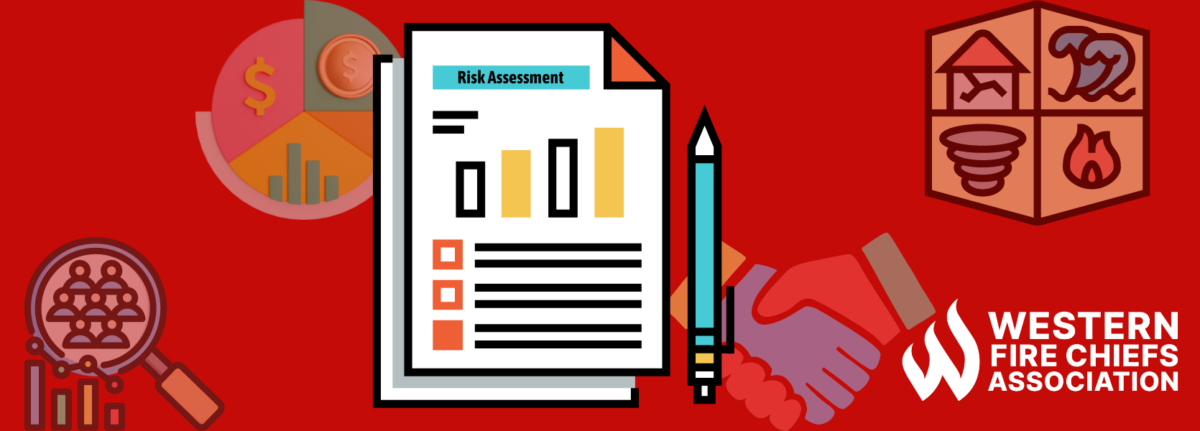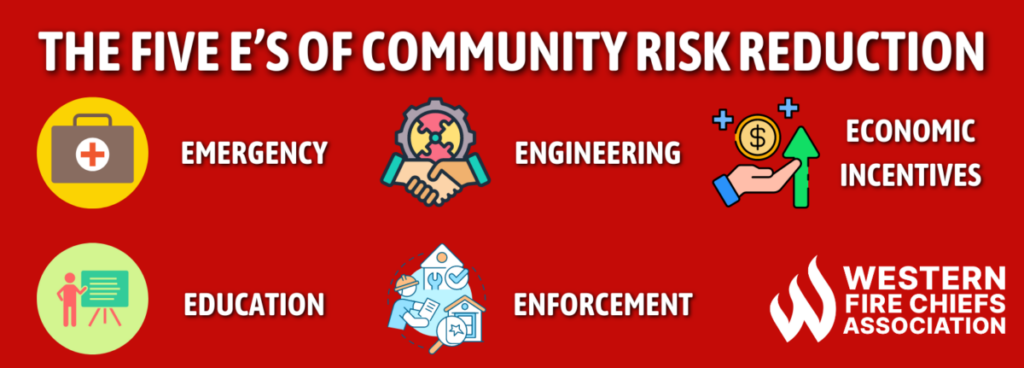Fire Incident Command System: Your Ultimate Guide
Enhance fire department operations with our comprehensive guide to the Incident Command System (ICS). Streamline coordination for efficient emergency response.
Learn more about community risk assessment and identifying, prioritizing, and mitigating potential hazards, ensuring proactive safety measures for all residents.
Published:April 2, 2024
Edited:April 1, 2024

Learn more about community risk assessment and identifying, prioritizing, and mitigating potential hazards, ensuring proactive safety measures for all residents.
Although anticipating a natural disaster is never a desire, it remains vital to prepare for one, especially in disaster-prone areas. The first step towards building a safer community is through risk assessment. By integrating risk assessment findings into emergency planning processes, communities can enhance their preparedness and resilience, thereby safeguarding lives and property in the face of adversity.
A community risk assessment, or CRA, is the process of identifying and categorizing potential risks and hazards that could impact a community. These hazards may include natural disasters such as earthquakes, floods, and wildfires, as well as human-made hazards like industrial accidents, transportation incidents, and public health emergencies. A state or local entity, such as a local fire agency conducts these assessments.1 To evaluate the area, these officials begin by analyzing dangers, weaknesses, potential harm, community resilience, and devising response strategies. Finally, a community risk reduction (CRR) program is implemented within the local community.2
During a community risk assessment, experts analyze the weaknesses present in the community. They consider factors such as population density, infrastructure resilience, any economic gaps among residents, and what plans are already in place for emergencies. Understanding these vulnerabilities is crucial for developing targeted action plans and resilience in the community. Once risks and vulnerabilities are identified and assessed, communities can prioritize them based on their likelihood and potential impact. This prioritization helps leaders decide where to allocate resources strategically. The findings from a community risk assessment guide the development of Community Risk Reduction (CRR) programs, which are aimed at making the community more resilient and ready to face challenges.
While a CRA focuses on identifying risks, a CRR is the next step of the process by implementing strategies and measures to reduce the identified risks. Here are CRR examples from fire departments across the United States that are actively implementing CRR programs to enhance public safety and reduce risk:

Community risk reduction is best described by the five E’s of CRR: education, engineering, enforcement, emergency preparedness, and engagement. This framework involves educating the community about risks, implementing engineering solutions to reduce vulnerabilities, and enforcing regulations to enhance safety. Additionally, CRR focuses on preparing for emergencies and fostering community engagement to ensure collective participation in risk reduction efforts. For a deeper understanding, here is a breakdown of the five E’s of CRR:4
Enhance fire department operations with our comprehensive guide to the Incident Command System (ICS). Streamline coordination for efficient emergency response.
Empower your fire department with effective fire hazard mitigation strategies. Enhance safety protocols and readiness to protect communities efficiently.
Learn more about community risk assessment and identifying, prioritizing, and mitigating potential hazards, ensuring proactive safety measures for all residents.